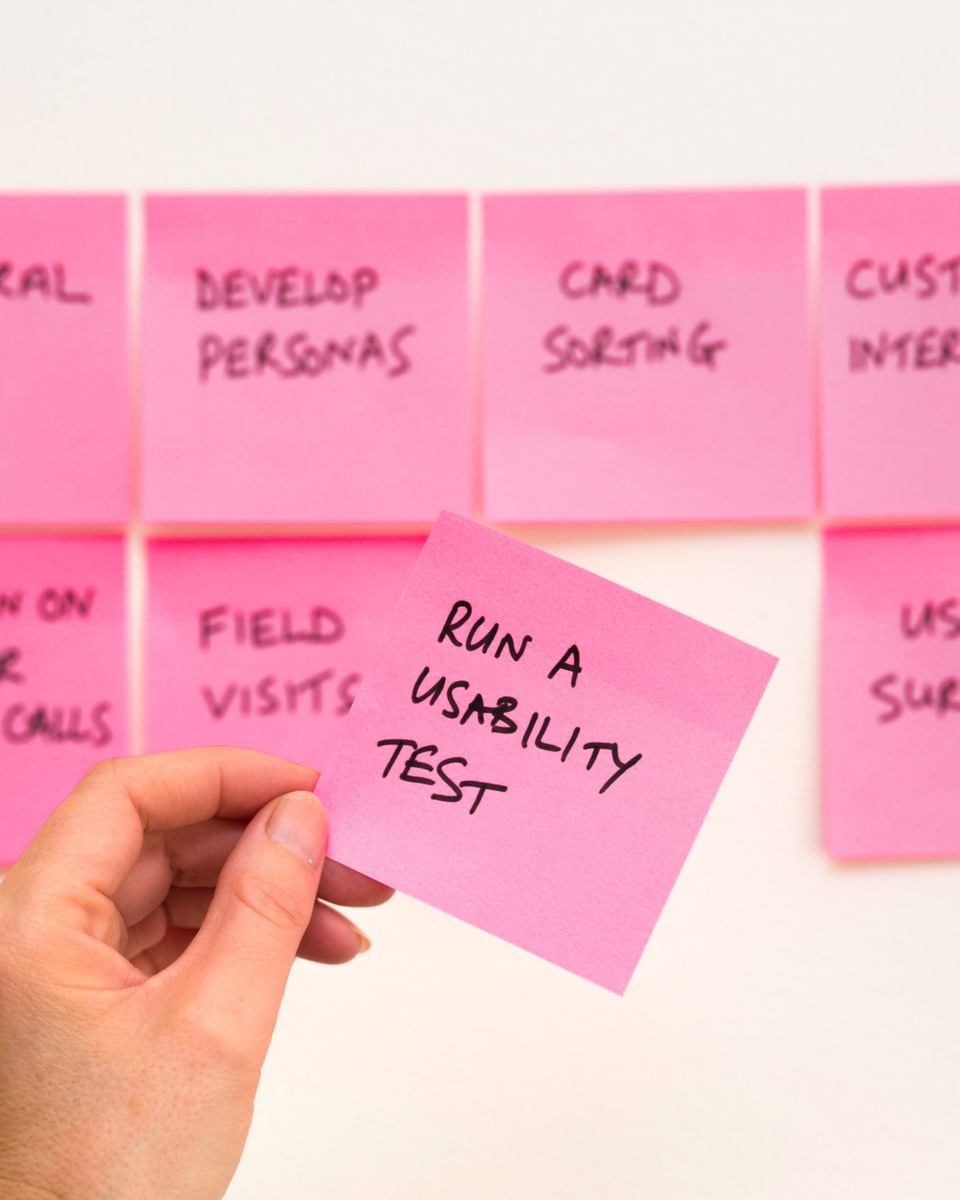
WATCH NOW: Building Customer-Centric Growth Strategies - A Webinar with The American Marketing Association

When it comes to Customer Experience (CX), research points to all the ways we disappoint even our most valuable customers. The customer’s wish list is remarkably simple, yet companies do not execute against the most fundamental needs.
Strategex has analyzed data from tens of thousands of Voice of the Customer in-depth interviews. We’ve discovered that there are five basic needs that ALL customers want their suppliers to meet – regardless of industry, demographics, or product/service.
All businesses will have problems, the question is how do you handle it? The best companies don’t shy away from bad news – they use it as a gift to improve.
Pro-Tip: If you encounter an unplanned issue, communicate it to the decision-makers/stakeholders ASAP. Don’t just communicate the problem, bring forth a solution and make sure to communicate how the issue may affect timelines, goals, other work, etc.
How nimble is your organization? If you’re so matrixed that customers feel they have to go through a maze every time they need answers, you’re not very customer-centric.
Pro-Tip: Develop a customer experience journey map to understand the steps your customers must go through. The map should have two axes: Time is represented on the horizontal axis; the customer’s emotional state is documented on the vertical axis. Each step the customer makes is described by four characteristics: time, sequence, responsible party, and emotional response. The map will highlight areas of improvement and innovation.
Customer service is an experience and the best companies know that the digital experience is as important as the personal experience.
The two are not mutually exclusive, but complementary. Identifying when and how customers want to engage with your organization is an important outcome from the process of mapping the customer journey.
Pro-Tip: Ask your customers for feedback on both their analog and digital experience/satisfaction (and please don’t rely solely on an NPS web survey – you won’t get the right audience or any real insight). Remember, the more digital the journey, the higher the customer satisfaction…But make sure your digital customer service is fast and user-intuitive.
The majority of customers – and potential customers – will have done their research long before they engage. What’s missing is they often ‘don’t know what they don’t know.’ That’s the critical difference of sales versus partnership.
Today’s customers are not sold, they prefer to buy from an educated, thoughtful individual who has an insightful perspective of their industry and market space.
Pro-Tip: Invest in your account managers and sales team. Solid training will equip them to quickly diagnose and solve their customers’ problems.
Customer service design follows the same process as new product development. Just like NPD, customer service needs to address unarticulated needs. Use research to discover customer pain points. Use that insight to develop nimble, customer-centered solutions. Make your customer a partner in developing a customer experience roadmap.
Pro-Tip: Treat customer service design like product design. Perform research. Develop journey maps. Conduct interdepartmental brainstorming sessions. Validate your solutions with more research. Refine. Launch.
In the highest-performing companies, everyone is in customer service. Focus on optimizing the customer experience of your most profitable customers and you will be rewarded with more profits. Customer experience is not a siloed job responsibility, it is the company’s platform to surprise and delight customers in an ongoing relationship that truly benefits both parties.
Kay Cruse is a Vice President at Strategex. She can be reached at kcruse@strategex.com.

Related Content
Strategex Customer Experience (CX) focuses on creating long-term customer success. We do things differently. We're driven by your profitable market share growth (keyword=profitable). And, our programs make delivering CX the obsession of your entire organization - not just the function of one department.

WATCH NOW: Building Customer-Centric Growth Strategies - A Webinar with The American Marketing Association

WATCH NOW: Building Customer-Centric Growth Strategies - A Webinar with The American Marketing Association

The Challenge of Attracting and Retaining the Best Workforce

The Challenge of Attracting and Retaining the Best Workforce

Five Questions to Improve a Manufacturing Account Manager's Performance

Five Questions to Improve a Manufacturing Account Manager's Performance
Contact us to see how we can help your business today.
Never miss a beat. Get our latest insights in your inbox.